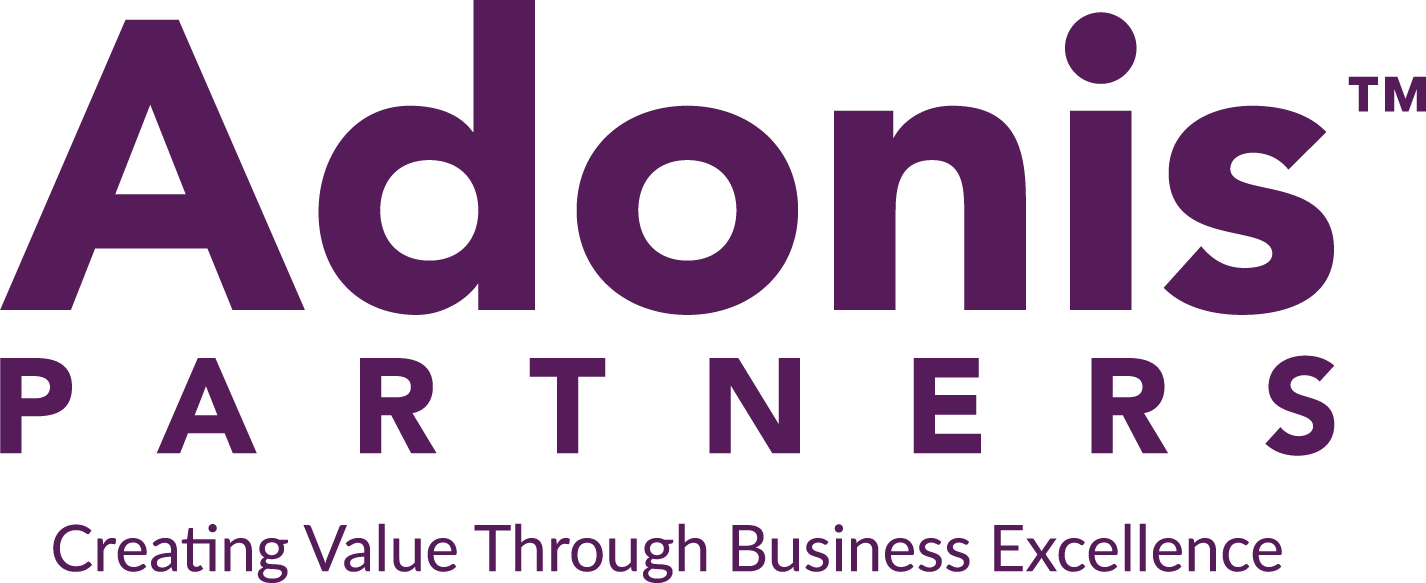
Operational Task Management – Learning While Doing

“Working On the Business While In the Business” and “Learning While Doing” are concepts we often discuss and are heard in association with business management. These ideas emphasize the importance of balancing day-to-day operational tasks with strategic thinking and continuous learning to keep the business moving forward. But how do we do this in a controlled way that avoids distress, productivity loss or missing goals?
Working on the Business While in the Business
- Working IN the Business: This refers to the daily operational activities and tasks that are necessary for the business to function. It includes activities such as production, customer service, and other routine tasks.
Working ON the Business: This involves taking a step back from the day-to-day operations to focus on the overall strategy, planning, and improvement of the business. It includes tasks like setting goals, developing new strategies, and refining business processes.
Successful implementation of both concepts involves finding a balance between the two. It is about not getting so absorbed in daily operations that strategic thinking and long-term planning are neglected.
Learning While Doing
This concept emphasizes the importance of acquiring new knowledge and skills through practical experience. It is about learning from the challenges and successes encountered while actively engaged in business activities.
This approach encourages a mindset of continuous improvement and adaptation to changes in the business environment. Learning from real-world experiences can be more impactful and relevant than theoretical knowledge alone.
It is important to take opportunities to conduct a retrospective – or look back at a cycle of the business, or at the end of a project and identify what worked well (things to keep doing) as well as what did not work as well and identify ways to improve going forward.
What Next?
So, how do you successfully implement these concepts for operational success? “Time Management” and “Delegation” are some examples of concepts we hear often or say we do, or think we do well… but when was the last time you really sat down to reflect on these concepts and how you are implementing them as a leader? Let us review active ways to apply them:
1. Time Management:
- Dedicate specific times for working on the business. These could be weekly, monthly, or quarterly strategy sessions where you review goals, assess performance, and plan.
- Allocate time for personal development and learning. This might involve attending workshops, webinars, or reading industry publications.
2. Delegation:
- Delegate routine tasks to capable team members, allowing you to focus on strategic aspects of the business.
- Empower employees to take on responsibilities, fostering a culture of shared ownership and development.
3. Set Clear Goals:
- Establish both short-term and long-term goals for the business. This provides a roadmap for where the business is heading and helps guide day-to-day decisions.
- Regularly review and adjust goals based on the evolving needs of the business and market conditions.
4. Feedback Loop:
- Develop a feedback loop that allows you to learn from both successes and failures with project team members and colleagues. This involves regularly assessing what worked well and what can be improved.
- Encourage a culture of open communication where employees feel comfortable sharing insights and ideas.
5. Embrace Change:
- Stay adaptable and open to change. The business environment is dynamic, and successful leaders are those who can pivot and innovate in response to new challenges and opportunities.
By combining these principles, and actively reviewing them on a monthly or quarterly basis, individuals can create a dynamic and resilient business that not only thrives in day-to-day operations but also evolves and grows over time through strategic thinking and continuous learning.


